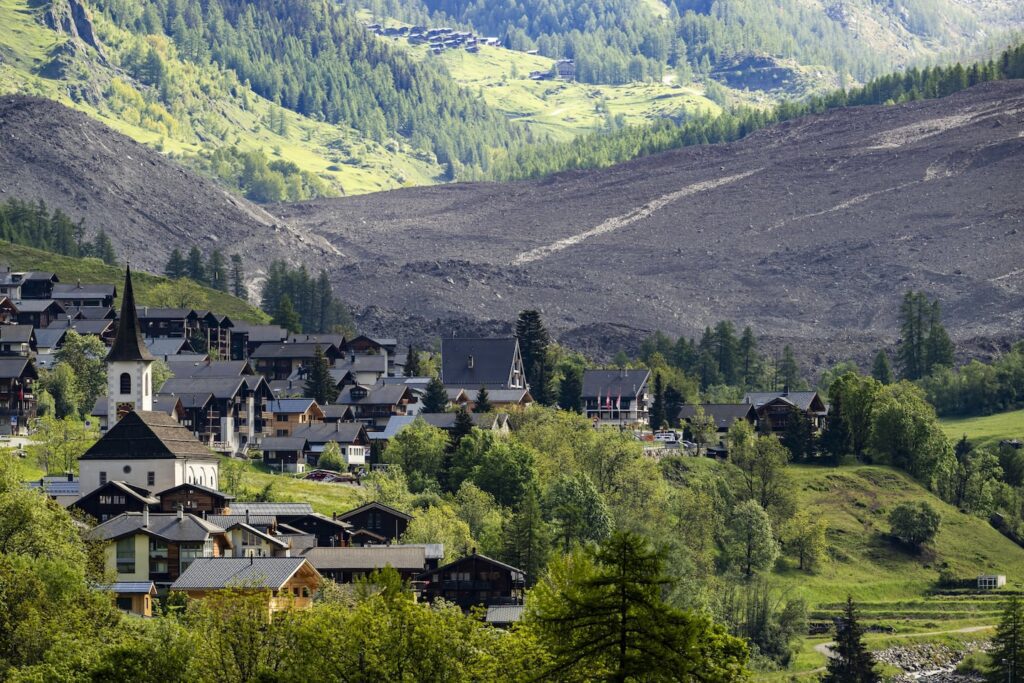A recent landslide in Switzerland spotlighted the dangers posed by melting glaciers, driven by climate change. The collapse occurred near Bratten in the southern Rossental Valley due to the destabilization of a rock face above the Birch Glacier as permafrost melted. This event, which resulted in the evacuation of about 300 residents, illustrates a broader trend, with scientists noting that glacier instability is increasing worldwide, affecting areas from the Alps to Antarctica.
The melting glaciers not only lead to direct dangers, such as avalanches and landslides, but also create glacial lakes that can suddenly burst, exacerbating risks. Historical examples include incidents in Italy’s Dolomites and Tibet, highlighting the critical threat to nearby populations. Analysts report significant glacier loss, with Swiss glaciers declining by 4% in 2023 alone and Peruvian glaciers losing over half their mass in the last 60 years.
Globally, scientists estimate that even if temperatures stabilize, 40% of glaciers will still vanish. However, limiting warming to 1.5°C could help preserve more glacial ice. Nonetheless, many regions are already facing inevitable ice loss, underscoring the urgent need for climate action to address the ongoing effects of rising global temperatures.
Source link


